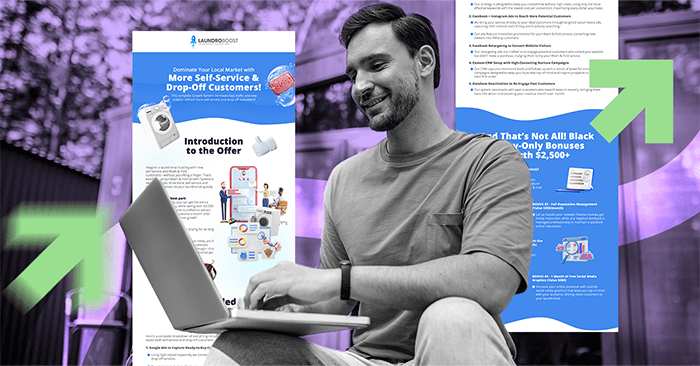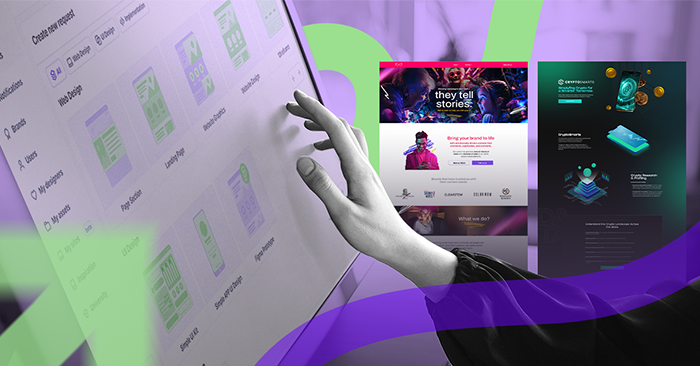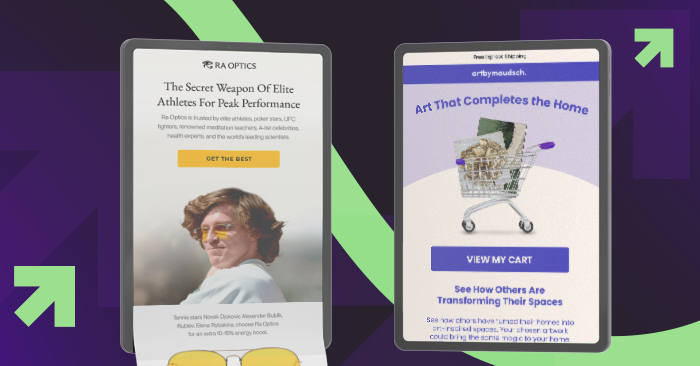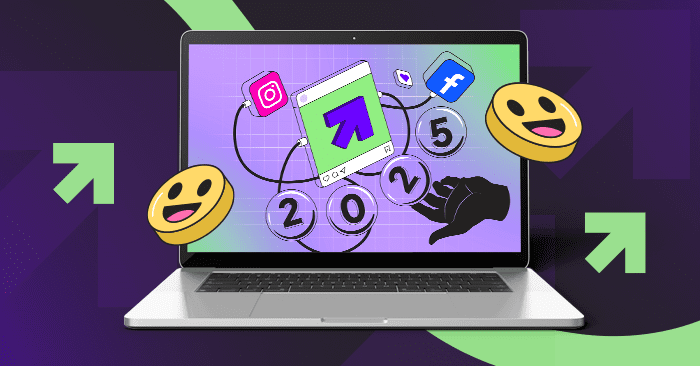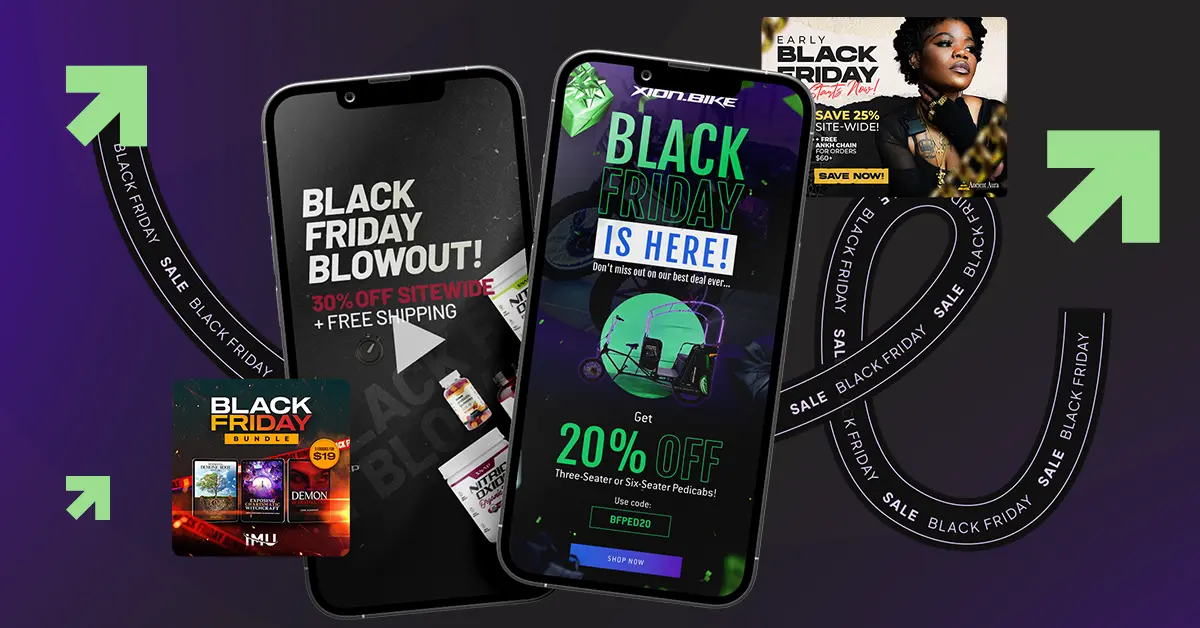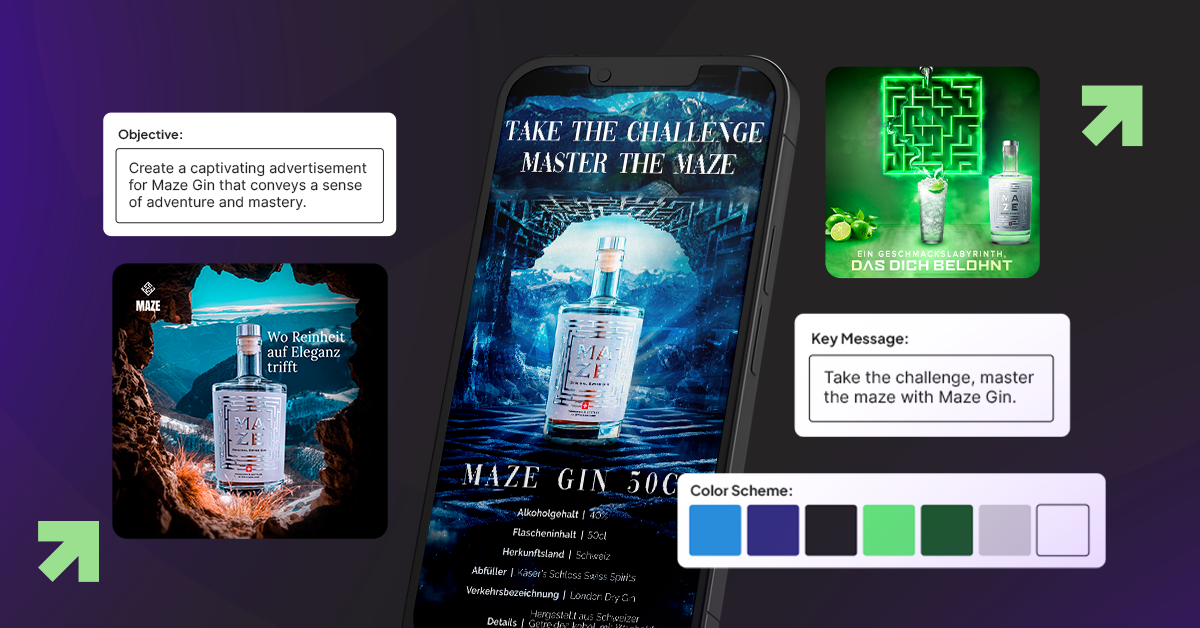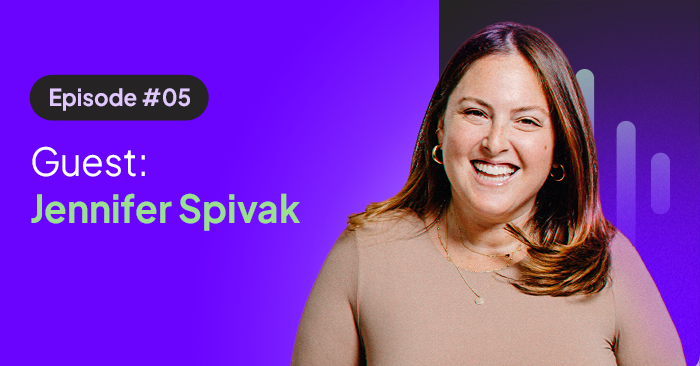Black Friday Special: 15% off your first month (Nov 28–Dec 5). Code: PUSHTHELIMIT
- Services
popular services
Design Plans
Digital Ads
Get all your social media graphic and video ads delivered on time, every single time, like a well-oiled machine.
Ecom
Get all the graphic & video creatives you need to run a successful e-commerce brand and drive more sales.
Marketing
Scale your agency with stunning designs for every single one of your brands without increasing your overhead.
Full Stack
Build and launch websites or take advantage of all the other design types we have to offer with unlimited revisions included.
- Our Work
- Industries
INDUSTRIES
- Pricing
- Learn
nolimit university
new articles
free guides







